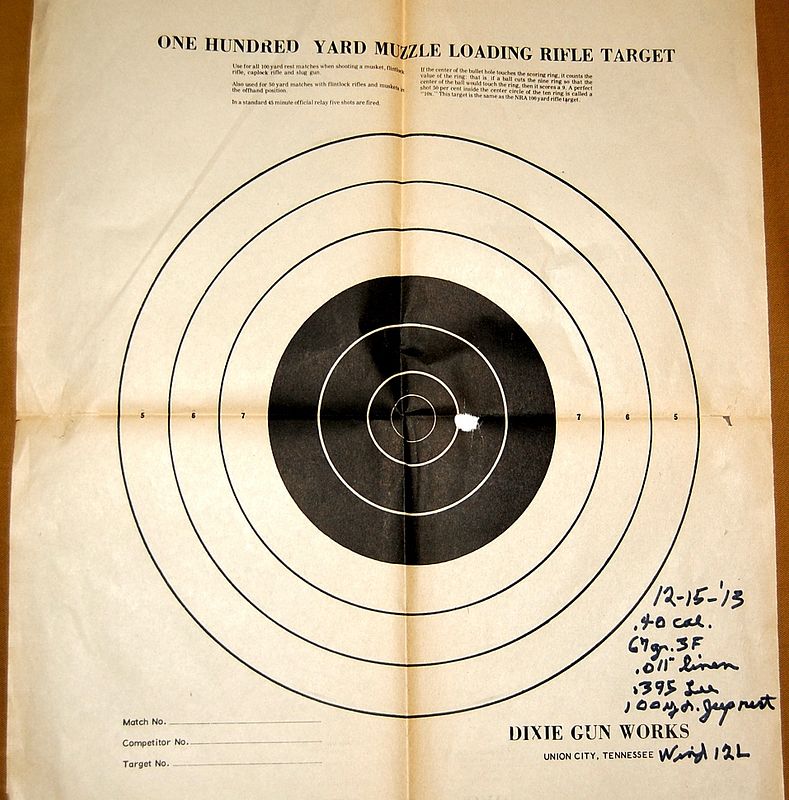localfiend said:
Wow, I didn't realize that a little bit of research and a few questions would stir up so many hornets.
Not any hornets that I see. More of a tempest in a tea pot on the "local" scale.
I have an assortment of 58's, five of them as a matter of fact including a couple of TC Big Boars, with barrels ranging from 24" to 36".
I like the caliber and shoot it lots. Probably hunt with it more than any other caliber.
In my hands in the hunting fields, it all boils down to trajectory for my needs. I want the load fast enough that it's not too high at midrange and not too low at the extreme end of my personal range limit. The truth is that they all shoot well enough for my needs to more or less ignore small changes in grouping as I move up or down the scale to adjust for trajectory.
That works out to a sight in at 75 yards, with a midrange height of no more than 2" and a drop of no more than 4" at 100 yards.
Due to the range of barrel lengths, you can guess I use a range of charges to achieve my trajectory goals. Along with that, I switch from 2f to 3f in the shorter barrels (including the TC Big Boars). Just a practical matter, because that's usually enough to be able to use the same powder measure with 3f as I use for 2f in the longer barrels. For my trajectory needs it boils down to a 90 grain measure, with whichever barrel and powder.
The exception is that 36" barrel. It's on a GRRW Hawken, and it just LIKES heavy charges. It's at its best accuracy-wise with 140 grains of 2f. And flat shooting too. But I've settled on 120 grains for ease and comfort at my usual ranges. It's flat shooting enough even at 120 grains that it would be my fer-sure long range elk or moose gun if I was inclined to shoot past 100 yards. NOT! :td:






